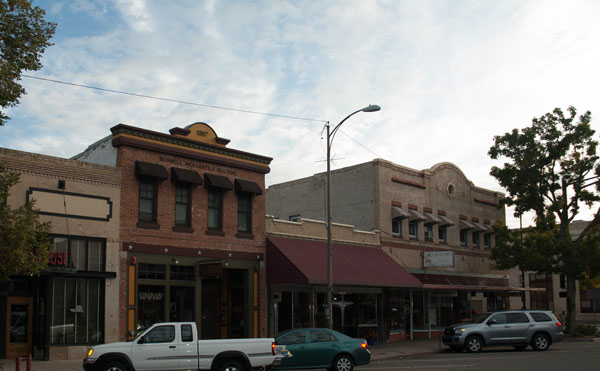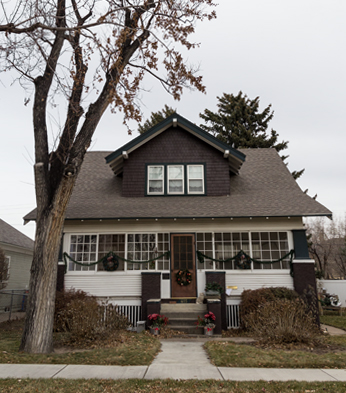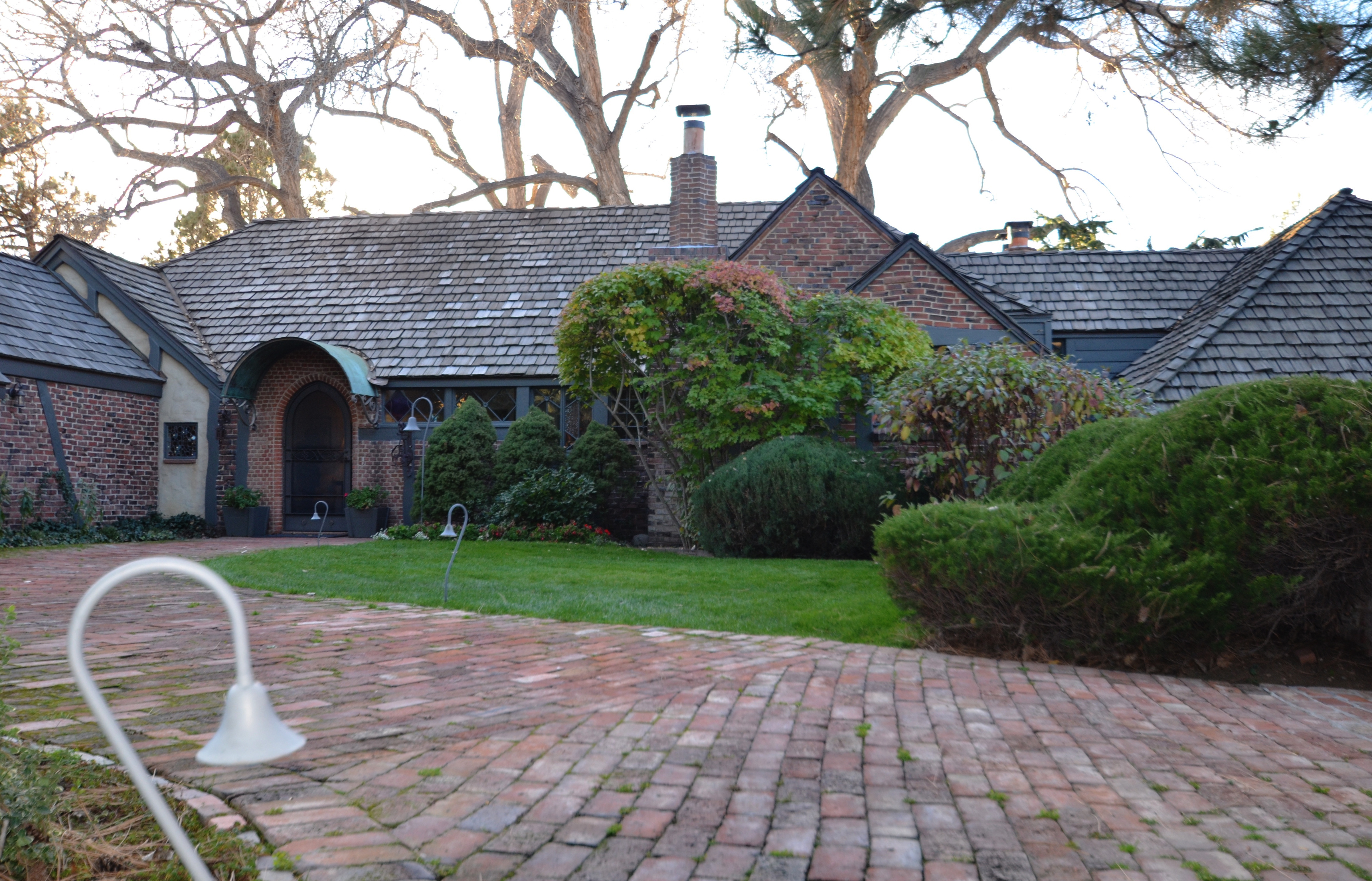Story
Historic Yet New
Colorado Additions to the National and State Register
This summer two new buildings were added to the State Register of Historic Properties that tell the stories of two notable Coloradans with very different, but equally fascinating, backgrounds that led them to esteem designing buildings in Greeley and Denver, respectively. In addition, the Downtown Loveland Historic District was added to the National Register of Historic Places. This exciting new listing honors the agricultural and economic heritage of a small railroad community that grew into a commercial center.
National Register of Historic Places
Downtown Loveland Historic District
Downtown Loveland was first developed in 1877 as a key stopping point on the Colorado and Central Railroad line, which ran between Golden to the south and the Union Pacific Railroad main line in Cheyenne, Wyoming, to the north. The town was named in honor of the president of the Colorado and Central Railroad, William A.H. Loveland.
The railroad spurred Loveland’s initial economic growth, but the town found a permanent place on the map with the opening of the Great Western Sugar Factory in 1901. Sugar beet production became the region’s most important industry, creating jobs, providing a local market for farmers, and ultimately leading to the development of new agricultural practices. The rise of the sugar beet industry led to an era of prosperity as more sugar beet factories opened all over northeastern Colorado.
Between 1901 and 1910, Loveland’s population more than tripled, and many notable businesses and buildings (many in the new historic district) were established around this time, such as the Big Thompson Milling & Elevator Company Mill and the Lovelander Hotel, built in the early 1910s.
But commercial success for Loveland continued through the 1960s, and several buildings in the downtown historic district feature more modern appearances, such as the Art Moderne-style Muhlestein Building, built in 1941.
Historic Downtown Loveland is a colorful display of architecture, and today the 45 buildings that contribute to the newly established historic district span between 1898 and 1965, exhibiting the aesthetic evolution of one important Colorado community.
State Register of Historic Properties
Conrad Borgens House in Greeley
On September 17, 1919, Conrad Borgens obtained a building permit to erect a residence for his family in Greeley. Borgens used a team of horses with a plow to dig the house’s basement. Once complete, a roof was placed over the basement and the family lived in this partial house until construction was finished. Borgens worked at his carpentry job by day, then returned home to work on his family’s house until dark. Incredibly, he built the house almost entirely himself.
This quaint 1920 house is a good example of a Craftsman-style residence, featuring clapboard siding, a full-width front porch with massive battered piers, exposed rafter ends, broadly overhanging eaves, multi-light-over-one windows, and gabled dormers. Borgens carried the Craftsman style to the interior with carefully crafted built-in cabinets, cupboards, and decorative wood features.
Born of German descent in 1876 in Russia, Borgens grew up in a farming family, but was always interested in carpentry and building. In 1902 he married Katherine Marie Bostron. The couple soon moved to Lincoln, Nebraska, and relocated to Greeley in 1917, where they raised five children.
Borgens was an exceptional artisan. If there were a tool he could not afford, he would simply make it with materials he already had. Today Conrad Borgens granddaughter resides in the home, honoring the legacy that her grandfather began nearly a century ago.
Francis-Petry House in Denver
Designed by Denver architect Edwin Francis, the 1952 Francis-Petry House is a good example of the Tudor Revival style in Cherry Hills Village, a suburb of Denver that developed from farmland in the 1920s.
The Tudor Revival style was popularized in Cherry Hills Village by its affluent residents, many of whom had moved outside of downtown Denver to escape the crowded city center. Because of the elite clientele, many homes in the area were also designed by well-known local architects — including Edwin Francis.
Francis designed and built the Francis-Petry House for his family, where they lived until 1968. The home features massive chimneys with multiple flues and elaborate chimney pots, intricate brickwork, and windows featuring diamond-panes or multi-colored roundels.
Born in La Junta in 1905, Francis grew up in Denver, graduating from Denver South High School and earning a bachelor’s degree in architecture from Massachusetts Institute of Technology. Aside from designing homes in Cherry Hills Village, Francis also designed many Denver-area and Colorado Springs buildings during his 39-year career. Although most of his designs tended toward the traditional, he designed at least two Modern residences and was a proponent of the International Style. Francis passed away in 1966.
Nicholas Petry was a good friend of and contractor to Francis. He moved to Colorado in the 1920s and graduated from Denver East High School in 1936 and the University of Colorado Boulder in 1940. When Francis passed away, his wife offered the house to Petry who purchased the home in 1968. Nicholas Petry died in 1999, but the house still stands today as not only exemplary architecture but also a testament to the friendship of Edwin Francis and Nicholas Petry.
Learn about more recent listings to the National and State Register.
Managed by the National Park Service (NPS), the National Register of Historic Places program seeks to identify, evaluate, and protect America’s historic and archaeological resources. History Colorado’s Office of Archaeology and Historic Preservation works with NPS to document and preserve properties that are vital to our state and nation’s heritage.
As a program of History Colorado's Office of Archaeology and Historic Preservation, the Colorado State Register of Historic Properties is the state's list of significant historic places that tell amazing stories about Colorado's history, from mining to agriculture and everything in between.



